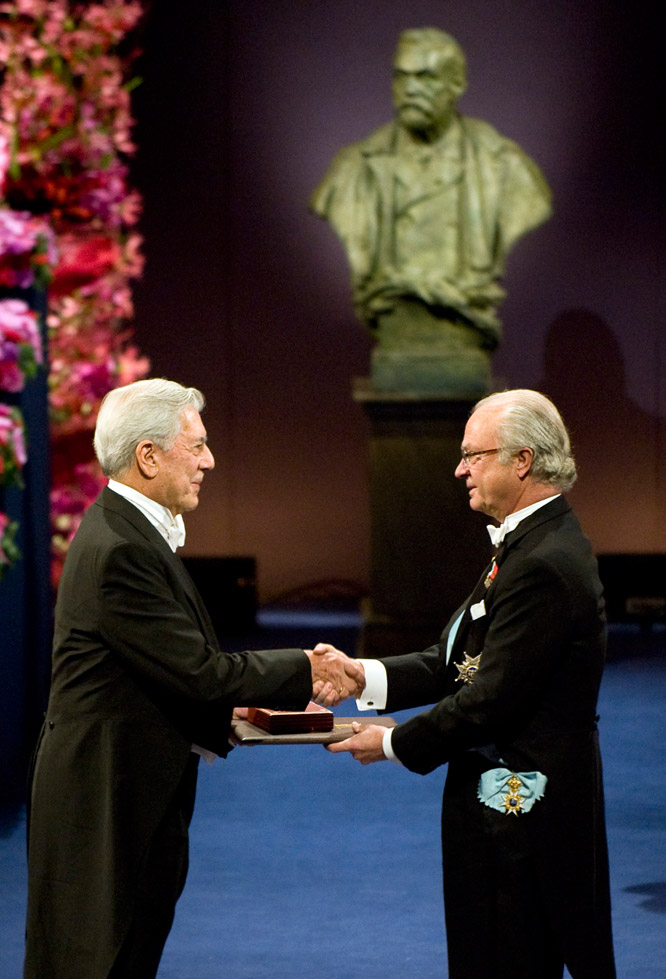Hello readers!
These days we have been working on people who have been awarded with Nobel Prizes since 1995 in different categories, for example: physics, medicine, literature...
 |
| Robert G. Edwards |
I have chosen the one who was awarded with the medicine Nobel Prize in 2010. His name was Robert Geoffrey Edwards and he was awarded for the development of in vitro fertilization. He was born on the 27th of September in 1925 and he died on the 10th of April in 2013. This man had studied in the university of Wales and later in the university of Edinburgh before he got a degree in biology. He began to study human fertilization in 1960, and in 1968, he became able to fertilize a human ovule in the laboratory for the first time.
 I have chosen this one because I think that in vitro fertilization has been a great advance in human history because it allows women to get pregnant when they can't do it by themselves by the natural way, and in my opinion, this man deserved to be awarded with a Nobel Prize. Some years ago there was a case similar to this that happened to a relative of mine. She tried many times to get pregnant but she couldn't, so, after several months of failed attempts she turned to in vitro fertilization and a short time later she got pregnant. So, thanks to this, many children were and will be born.
I have chosen this one because I think that in vitro fertilization has been a great advance in human history because it allows women to get pregnant when they can't do it by themselves by the natural way, and in my opinion, this man deserved to be awarded with a Nobel Prize. Some years ago there was a case similar to this that happened to a relative of mine. She tried many times to get pregnant but she couldn't, so, after several months of failed attempts she turned to in vitro fertilization and a short time later she got pregnant. So, thanks to this, many children were and will be born.Here you have a video about Edwards and the development of in vitro fertilization.
See you soon!